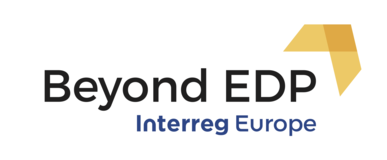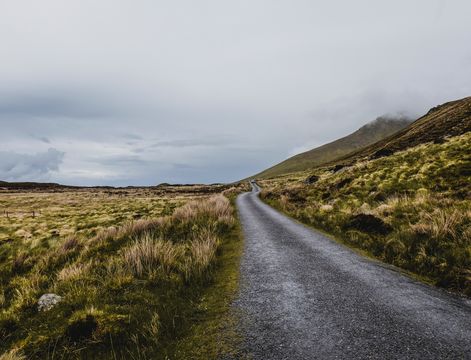How has Beyond EDP project helped us with these challenges?
Being part of Beyond EDP project has confirmed to us that EDP plays a key role in successfully involving and engaging stakeholders in the design, implementation, monitoring and evaluation of RIS3 strategies.
As a result of the interregional exchanges with project partners and our interaction with internal and external stakeholders, we have come to know a number of tools and actions based on EDP that can improve the management of the RIS3 of Extremadura.
The discussions carried out within the peer review exercises and taskforces meetings of Beyond EDP project about the need of controlling EDP through proper governance structures to support the management of entrepreneurial discoveries and balance top-down and bottom-up processes were the first inspiration source to improve the composition and dynamics of the RIS3 Thematic Working Groups (TWGs), a fundamental body of the regional RIS3 governance system.
The project also showed us how important is to manage the exchange between the policy makers and stakeholders and properly transform stakeholders´ contributions into concrete policy actions/instruments.
On the basis of these findings, the RIS3 Technical Office has carried out a strategic analysis of the smart specialisation process in Extremadura, which includes a revision and improvement of the existing governance system, among others goals, and will conclude in a new RIS3.
In particular, the Office has improved the composition and dynamics of RIS3 TWGs adapting Östergötland Region´s experience involving regional stakeholders and linking the strategic level (priorities identification and policy mix definition), which is mainly steered by politicians and policy makers, with the operational level (implementation), in which a broader range of stakeholders participate.
To improve the dynamics of these TWGs, the RIS3 Technical Office has also adapted the way the RDECVL network developed in Centre-Val de Loire Region works to foster the coordination and collaboration between regional actors and get some hints from actions and methodologies used by the ‘innovation environments’ developed in Northern Netherlands Region.
As a result, the participative governance system and the coordination and collaboration between regional quadruple helix actors have improved with the involvement of new stakeholders and the transformation of the RIS3 TWGs into collaborative platforms that will facilitate the interaction of quadruple helix actors and hybridisation of sectors.
A specific example of the impact of these improvements can be found in the modifications included in the new edition of Decree 113, an important regional instrument which regulates the granting of aids to companies for financing industrial research and experimental development projects. Now, this Decree is more aligned with the regional context and needs.
On the other hand, the inspiration to develop a platform for the integration, exploration and analysis of RDI that can improve the RIS3 monitoring and evaluation system comes from key findings about the importance of measuring EDP outcomes made in the Beyond EDP inter-regional learning process.
The participatory strategic reflection done as part of the development of the platform has been made following the ESBR collaboration model of Östergötland Region, RDECVL network of Centre-Val de Loire Region and the ‘innovation environments’ developed in Northern Netherlands Region.
Consequently, the platform has evolved into a more useful tool for decision-making on RDI support policies. The incorporation of a filter with which to classify the different projects according to their contribution to the Sustainable Development Goals (SDGs) has been implemented and a specific module with information on the partnerships that are established at a regional level has been included to better analyse the interactions that take place between Regional Innovation System's actors.
Also, the RIS3 Technical Office has used the platform to obtain relevant information for Extremadura RIS3 evaluation report and to update the data presented in the Extremadura RDI Observatory.









